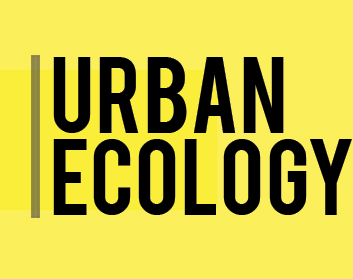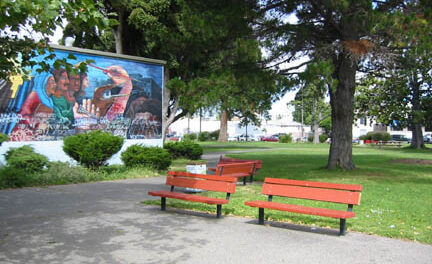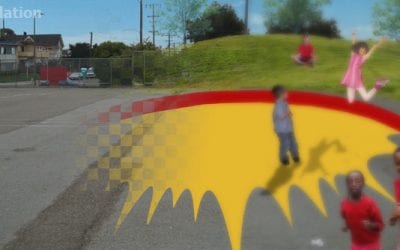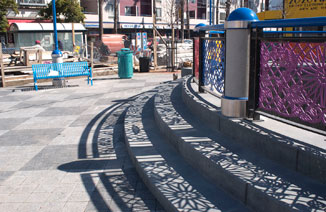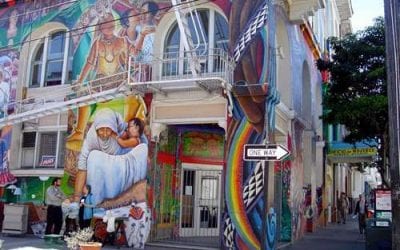There are several regional initiatives now underway in the Bay Area:
TRANSPORTATION AND LAND USE COALITION
WWW.TRANSCOALITION.ORG
As of 2002, TALC has grown to more than 80 organizations, and is nationally recognized as one of the most effective regional coalitions currently in operation. The Coalition’s combination of grassroots activism and strong policy advocacy has transformed decision-making at the Metropolitan Transportation Commission. Urban Ecology has worked with the rest of the TALC leadership, including the Surface Transportation Policy Project, the Urban Habitat Program, Greenbelt Alliance, Latino Issues Forum, and other organizations to build TALC into a transparent, effective, and truly regional coalition.
BAY AREA ALLIANCE FOR SUSTAINABLE COMMUNITIES
AND THE CAPITAL FOR COMMUNITIES INVESTMENT INITIATIVE
WWW.BAYAREAALLIANCE.ORG
Urban Ecology has participated in the Alliance since its founding in 1997. We are an environmental voice within the Community Council, which is guiding investments made by the Smart Growth Fund in real estate development projects in the Bay Area’s most impoverished neighborhoods. The Community Council seeks to establish the environmental and social benefits to which such projects must commit in order to truly be considered “smart growth.”
SMART GROWTH STRATEGY / REGIONAL LIVABILITY FOOTPRINT PROJECT
WWW.ABAG.CA.GOV/PLANNING
The nine-county Regional Smart Growth Strategy was initiated in 2001, led by the Association of Bay Area Governments and the Metropolitan Transportation Commission, with strong participation from local government elected officials and staff members, community representatives, regional stakeholders, and business, equity and environmental coalitions.
The project’s purpose is to figure out how the Bay Area can maintain its economic vitality and conserve natural resources while allowing all segments of society to share in the region’s economic and environmental assets. The goal is to develop a preferred land use vision that minimizes sprawl, provides adequate and affordable housing, improves mobility, protects environmental quality, and preserves open space. The vision will inform how the Bay Area can grow smarter and become more sustainable over the next 20-25 years
Through county-by-county workshops, ABAG developed three alternative scenarios for growth that locate a greater proportion of jobs and housing closer to transit throughout the region. While the scenarios vary in their degrees of compactness, initial modeling performed with all three show a reduction in the amount of open space that would be developed, an improvement in the region’s air quality, and an increase in transit use, walking, and bicycling.
One of the scenarios must be approved by the ABAG Executive Board in March 2003 in order to form the basis of modeling for the region’s next long-term transportation and air quality planning efforts. In order to truly achieve the differences listed above, the scenario that is adopted must incorporate policies that are politically controversial: new development at densities higher than average in all jurisdictions, higher fees for parking and parking cashout programs regionwide, and a shift from highway expansion to investment in cost-effective transit systems. If a smart growth scenario is used as the basis for transportation investments, then in order for those investments to realize their full potential, local governments must begin to plan and approve compact development around transit nodes and corridors.
